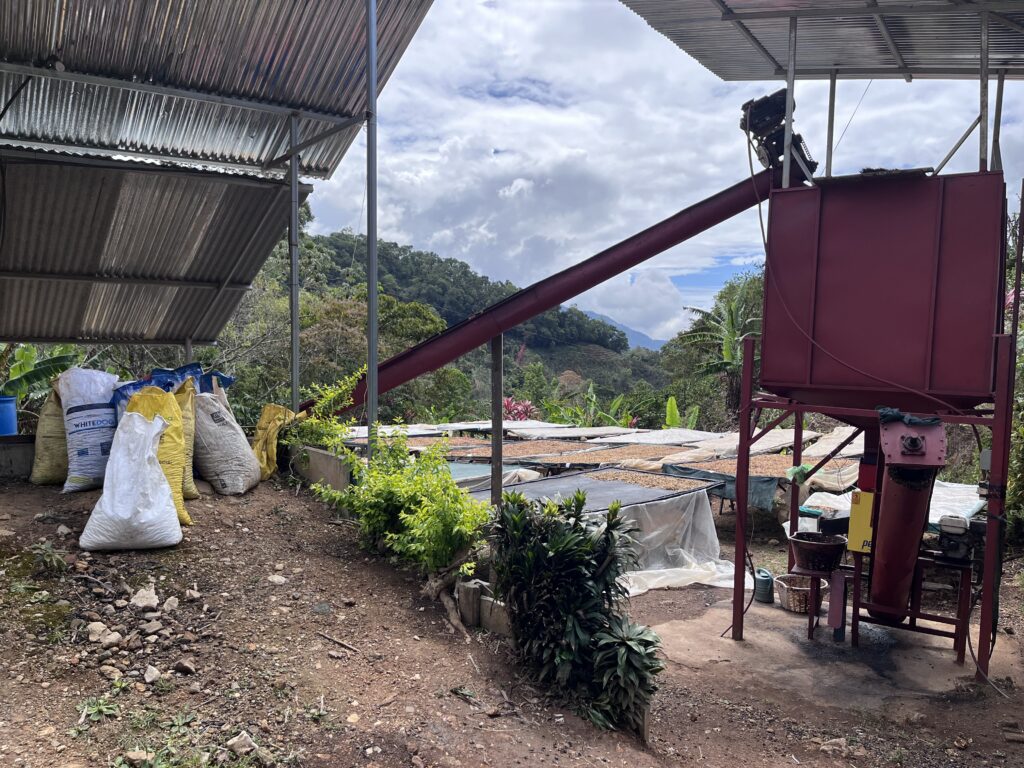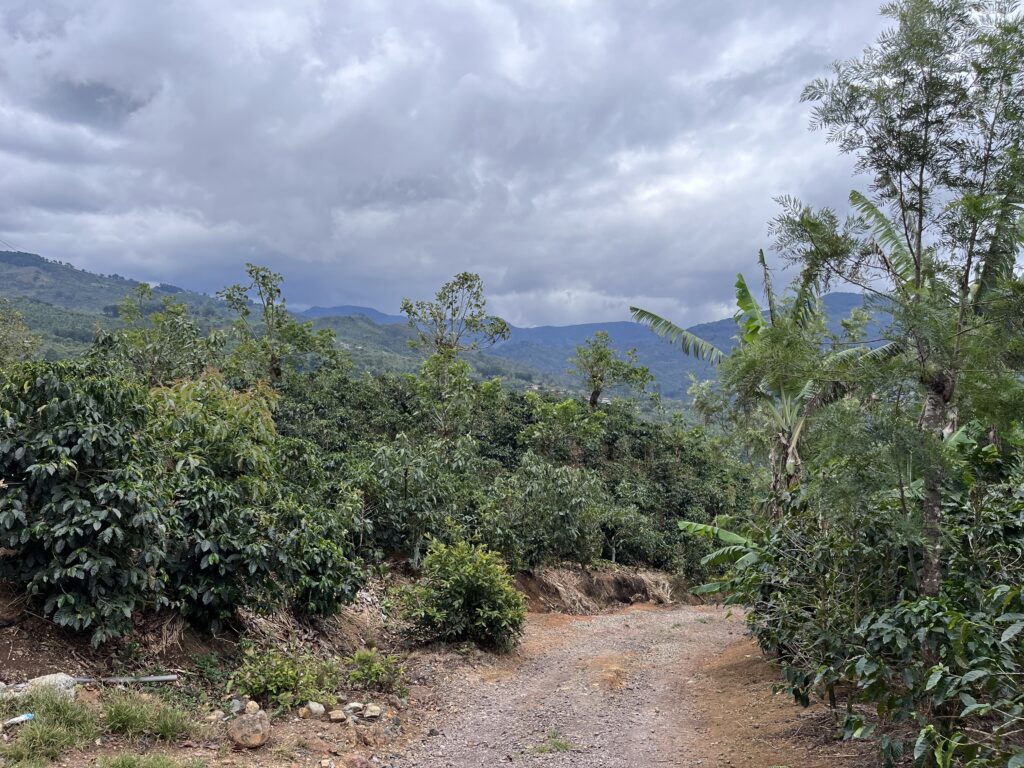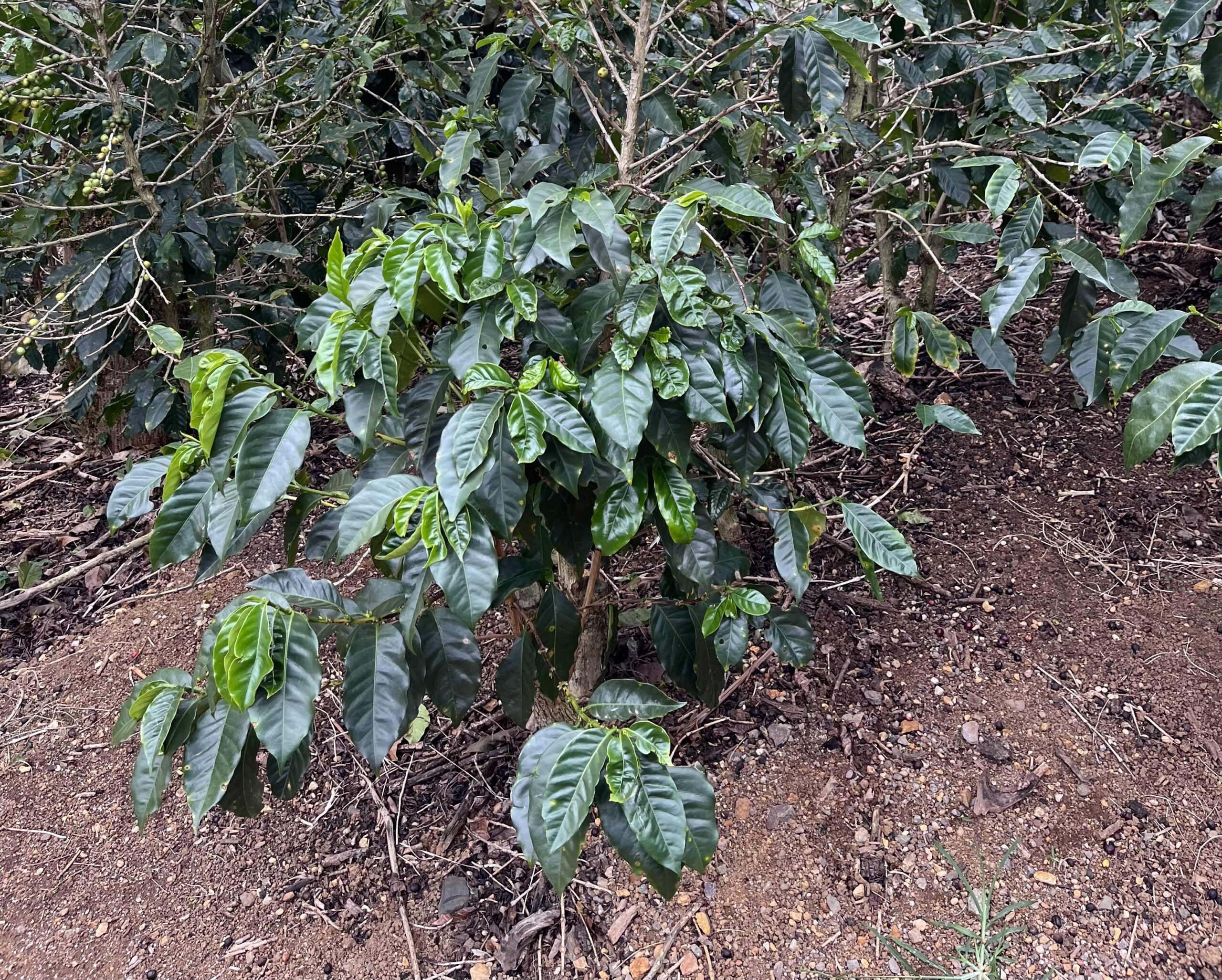Once again, I was impressed by the friendliness and openness I often experience in Costa Rica. My conversation with Jorge offered a revealing glimpse into the challenges facing local coffee producers this season. While every season brings difficulties, this year’s changing conditions have been particularly challenging.
Climate Challenges and Their Impact
The heavy rains have taken a significant toll on their harvest this year. Don Jorge explained they’ve lost approximately 30% of their coffee crop—many cherries have fallen due to the rain, and numerous plants have fallen ill. For the next season, affected plants will need to be cut back, not just pruned, allowing new growth to emerge from the base. It’s a necessary sacrifice for long-term sustainability.
An unwanted consequence of the damage is that the remaining plants are already beginning to bloom as a reaction to the loss of cherries. This premature flowering signals an earlier harvest, creating additional complications for their production schedule. The timing disruption ripples through their entire operation.
Rust disease presents yet another rain-caused challenge, requiring vigilant management to prevent further spread among their plants. This ongoing battle reflects the wider climate pressures affecting coffee regions throughout Central America.


Processing Methods and Varieties
On the patio, *Geisha* coffee was being spread to dry. Don Jorge expressed a preference for the washed process, noting that it produces a more balanced flavor profile. There’s also a practical advantage—washed processing requires significantly less drying time and needs less space.
Although natural and washed processes can be described in general terms and may appear similar, there are major differences between *beneficios*. I prefer not to post details of the individual methods since this is part of the knowledge capital of each *beneficio*. That being said, producers here generally help each other and exchange experiences.
Their operation focuses primarily on two varieties: *Catuai* and *Geisha*. Part of the harvest stems from areas at an impressive 2,000 meters above sea level. These higher-elevation sections benefit from a more favorable microclimate, with the harvest expected to conclude in three to four weeks.
The increased rainfall also raises costs for plant nutrients—minerals that are compatible with organic standards—as more frequent application becomes necessary. This represents another way climate volatility translates directly into business challenges for small and medium producers.
Looking Ahead
I plan to return during the April processing season to observe how these early season challenges ultimately affected the final harvest. Despite the difficulties, Don Jorge’s innovative approach to farm management continues to impress, balancing tradition with necessary adaptations to changing conditions.
This account continues my “Adventures in Coffee” series, documenting the challenges and innovations of producers in Costa Rica’s dynamic coffee-growing regions. Through these visits, I’m tracking how climate change and market forces are reshaping coffee production at the farm level.
